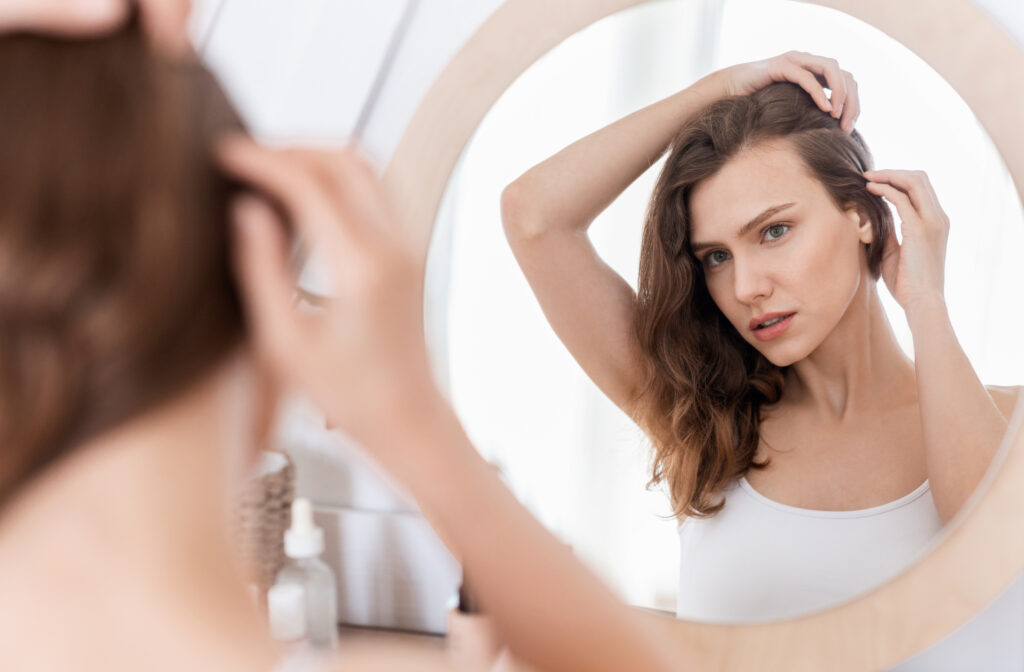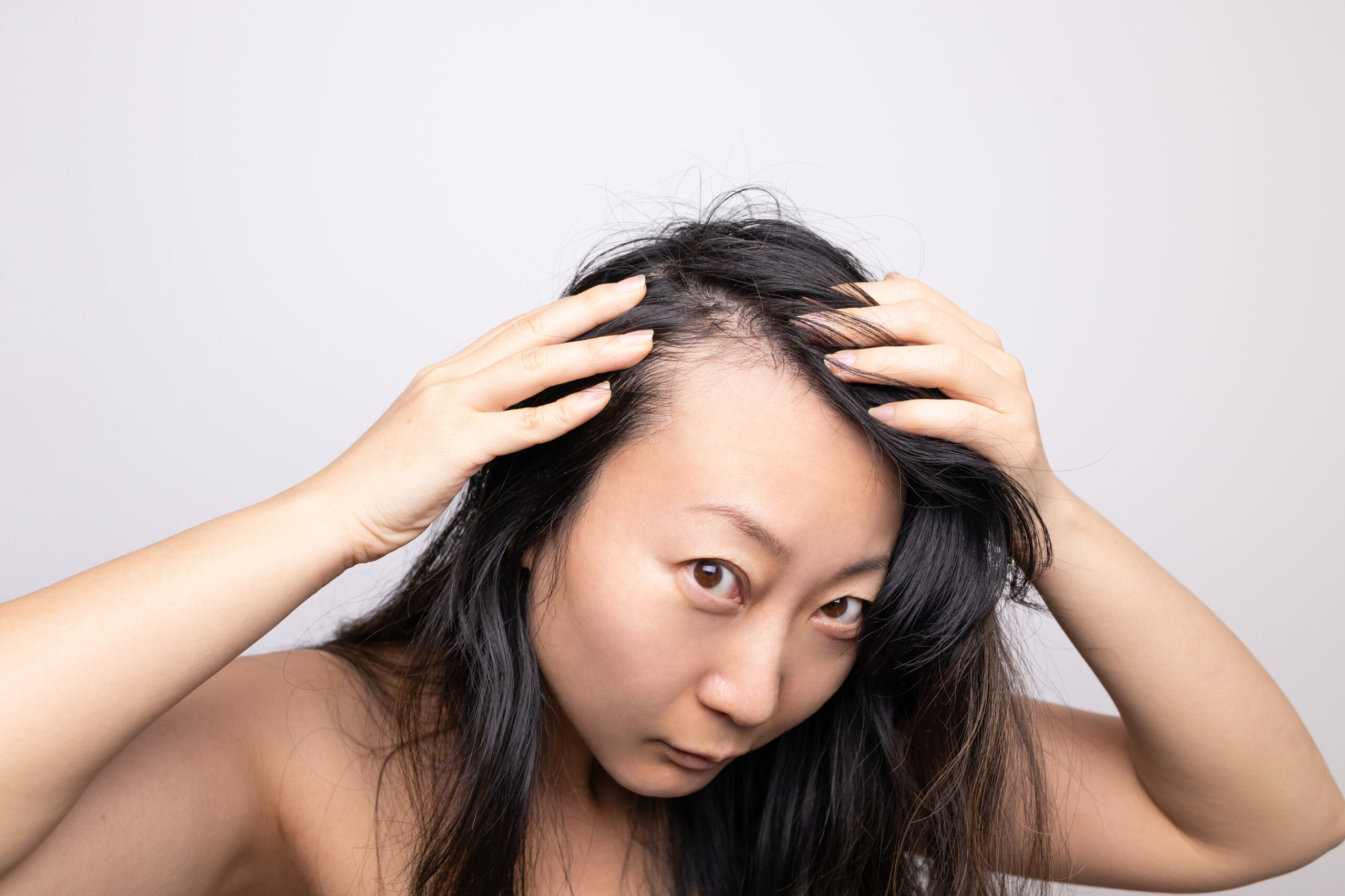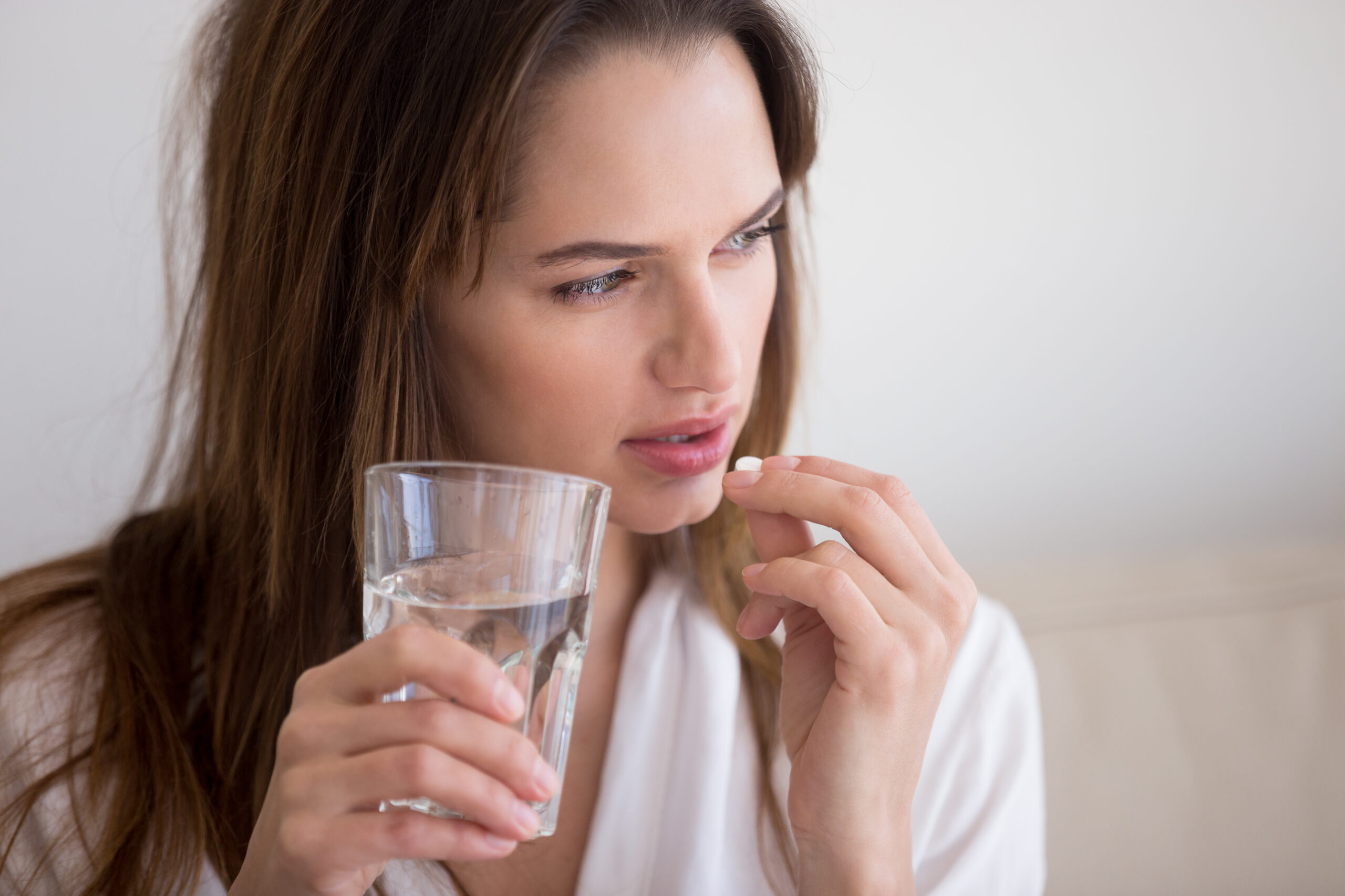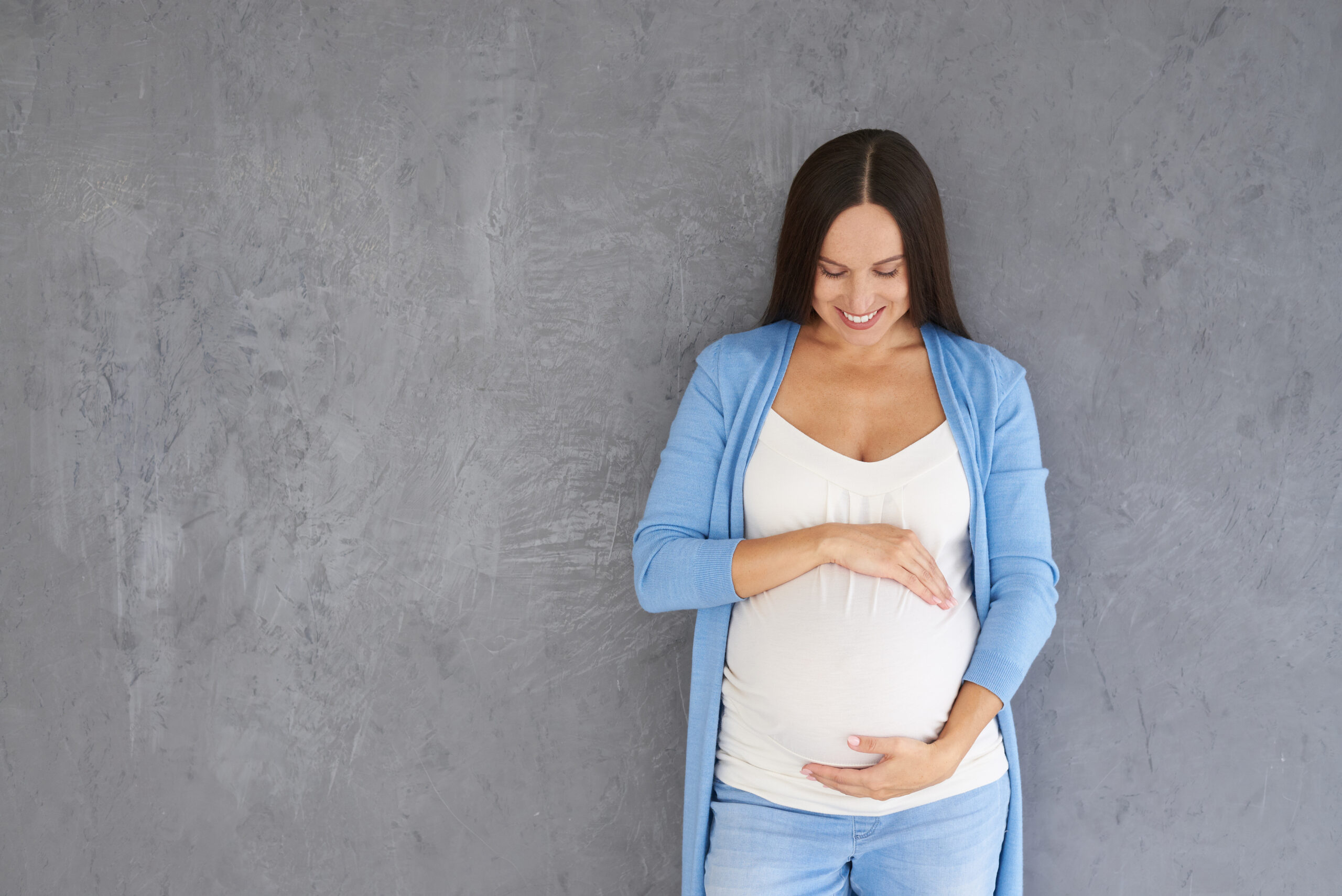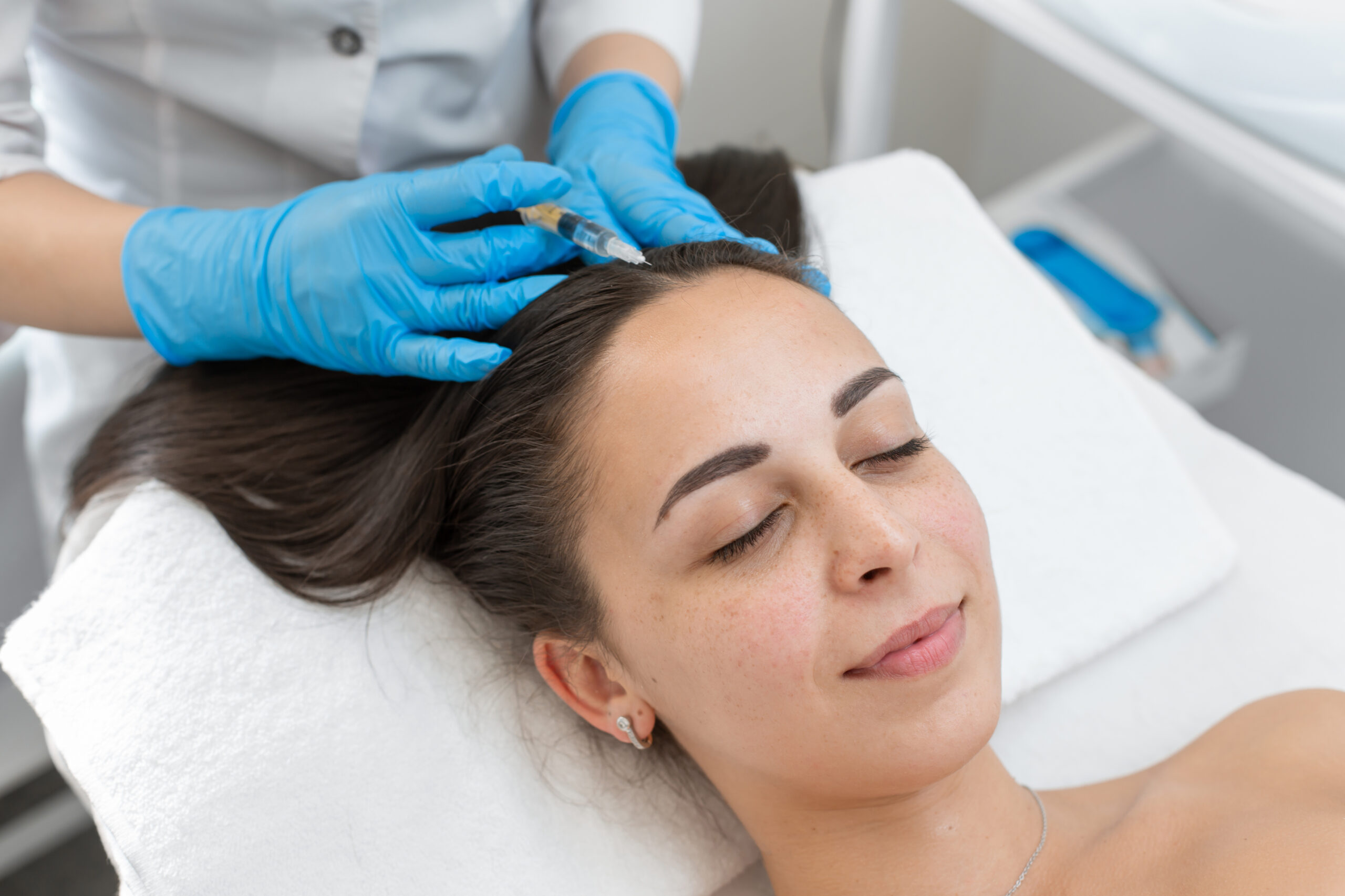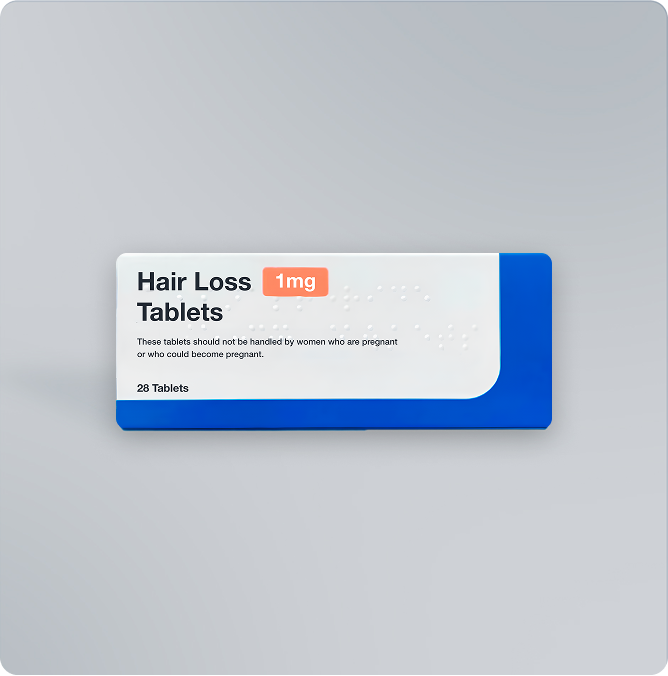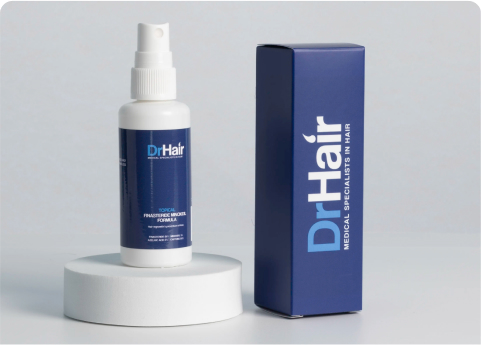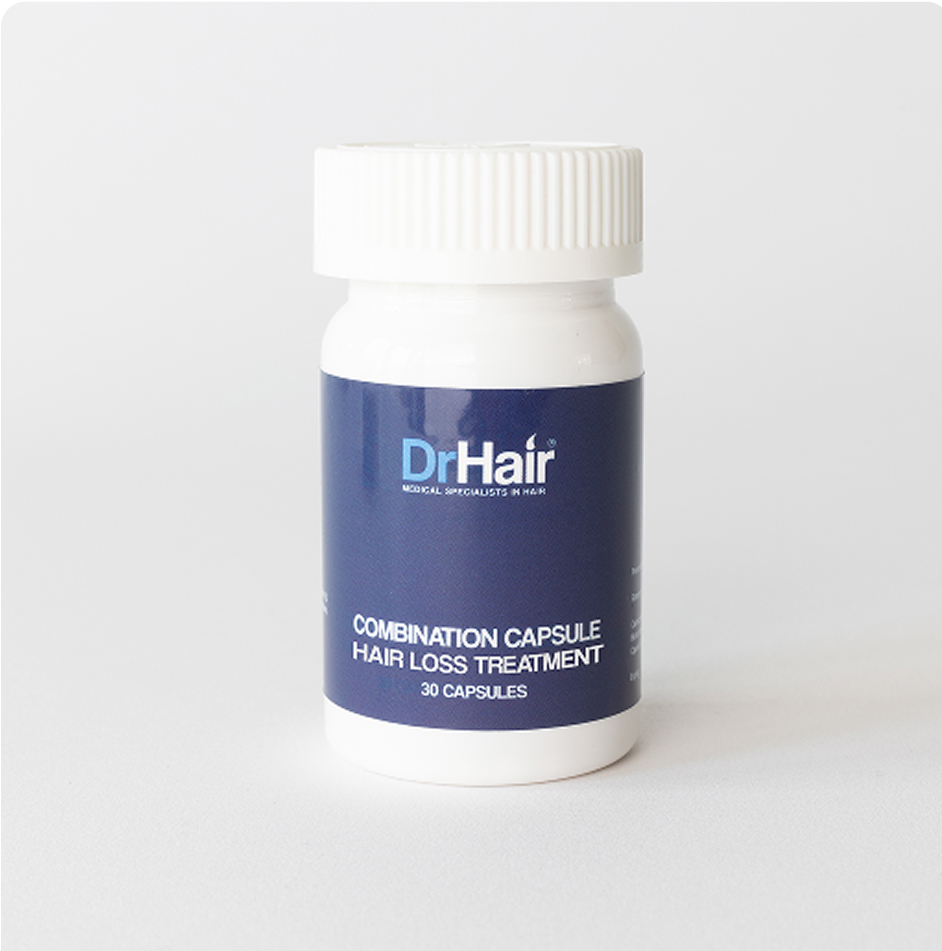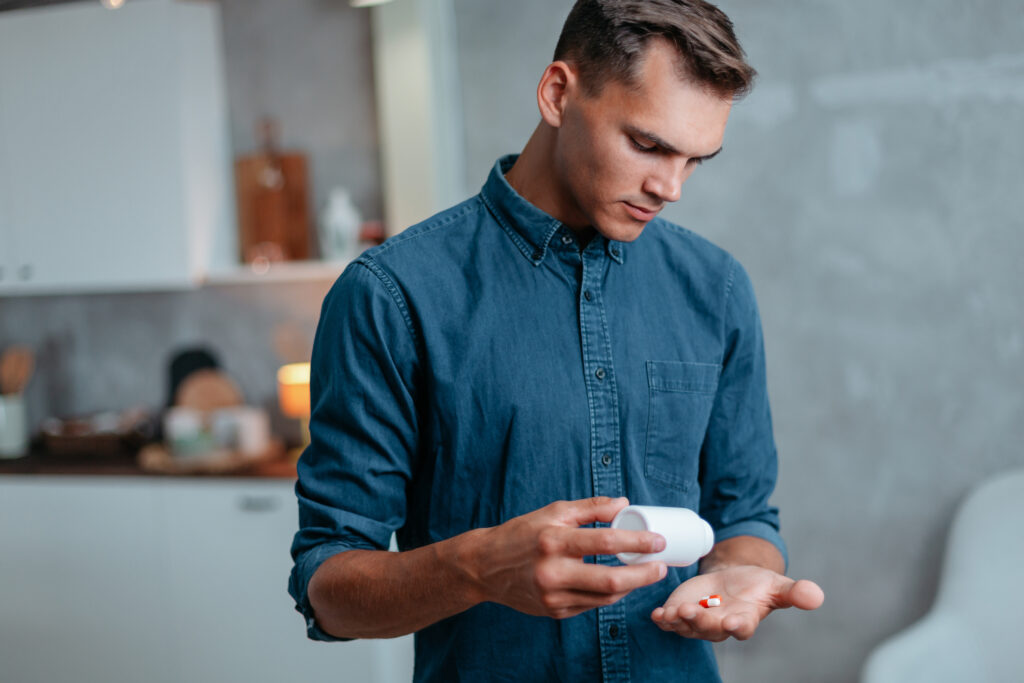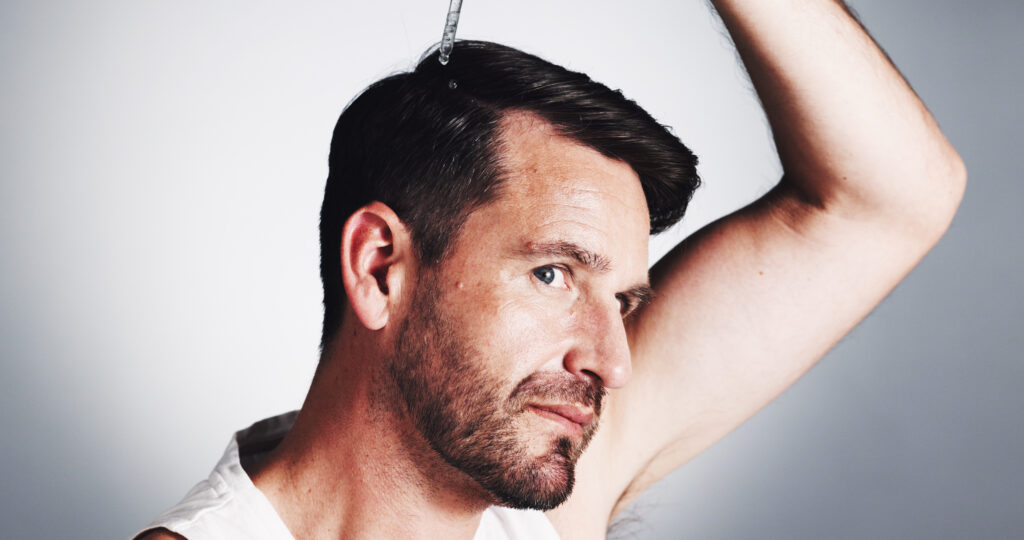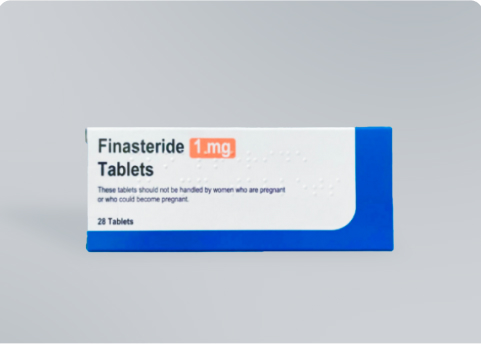Finasteride is a licensed treatment for male pattern baldness in the UK, but it’s a different story for female pattern hair loss. While studies show that finasteride may help with genetic female hair loss, finasteride for women is not licensed and is rarely prescribed [1-2].
So can women use finasteride? And if not, why? Here, you’ll learn all you need to know about finasteride for women with hair loss, including:
- Whether women can use finasteride.
- If it’s safe for women to use finasteride.
- Which women can safely use finasteride.
- The risks of using finasteride in pregnancy.
- Alternatives to finasteride for women.
Table of Contents
- Can women use finasteride?
- Why isn’t finasteride safe for women?
- When is it safe for women to use finasteride?
- How much finasteride should women take for hair loss?
- What does finasteride do to the female body?
- Finasteride in pregnancy: the risks
- Can women use topical finasteride?
- Alternatives to finasteride for women
- Discuss your hair loss with a DrHair consultant
- FAQs
Can women use finasteride?
Some women can safely use finasteride. If you’ve undergone the menopause and are experiencing female pattern baldness, you may be able to use finasteride off-label to treat your hair loss.
But all premenopausal women — and particularly those who are or could be pregnant — are advised not to use finasteride [2]. That’s because finasteride affects your hormones, so it can cause problems with foetal development and cause disruption to your periods.
If you do decide to take finasteride, it’s important that you don’t give blood while doing so. Finasteride can be harmful to some recipients (for example, pregnant women).
Why isn’t finasteride safe for women?
Finasteride helps tackle genetic hair loss by reducing the levels of dihydrotestosterone (DHT) in your blood. DHT is a male sex hormone responsible for the development of male sex features. It’s why men start to grow body hair as they enter puberty, and why many men also start to enter the first stages of male pattern baldness around this time.
While women generally have lower levels of DHT than men, having disproportionately high DHT levels may lead to hair loss [3]. That’s why female pattern baldness is more common in older women than those who are younger — as you age, your oestrogen levels drop, but your DHT levels remain the same [4].
Normal DHT levels are necessary for the healthy development of a male foetus. That’s why it’s not safe for women of childbearing age to take finasteride. Even if you don’t intend to become pregnant any time soon, there is a risk of conception if you’re sexually active. And because finasteride takes a few months to work, it may still affect your DHT levels for several weeks after you stop taking it.
In addition, this hormonal imbalance can cause problems with your menstrual cycle. Studies report premenopausal women experiencing irregular and/or heavy periods when using finasteride [5].
When is it safe for women to use finasteride?
It may be safe for you to use finasteride if you’ve undergone the menopause. That’s because there’s no risk of changing DHT levels affecting foetal development or disrupting your periods.
However, there’s still no medical consensus that finasteride is an effective way to reduce symptoms of female pattern hair loss [7]. Additionally, some studies tentatively suggest there may be a slightly increased risk of breast cancer among finasteride users [2]. Because the risk of developing breast cancer increases with age, it’s important to consider this before starting treatment [8].
If you’re considering using finasteride to treat your hair loss, discuss it with a GP beforehand. Find out if finasteride will work for you, and make sure you understand the risks and potential benefits before taking finasteride.
How much finasteride should women take for hair loss?
Several studies show that the standard 1 mg daily dose of finasteride used to treat male pattern baldness is ineffective for female pattern hair loss [1-2]. This is likely because female pattern hair loss occurs as a result of several different mechanisms. Finasteride is ineffective against any trigger except DHT, which is why it’s often less effective in women. Women may need to take a 2.5 mg or even 5 mg dose of finasteride each day to achieve hair regrowth [1-2].
That said, there isn’t yet enough clinical evidence to suggest these doses are safe and effective in women. So it’s important to discuss your finasteride dosage with a doctor, especially as higher doses may put you at greater risk of finasteride side effects.
What does finasteride do to the female body?
Finasteride works the same way in women as in men. As a 5-alpha-reductase inhibitor, it restricts the activity of the 5-alpha-reductase enzyme. This minimises the amount of testosterone that gets converted to DHT in your body.
However, this can have different effects in women. You may notice [9]:
- Changes to your period (including heavy or irregular bleeding)
- Breast swelling and tenderness
- Increased body hair
- Lower libido
- Dizziness
- Dry skin
- Mild acne
- Headaches
Finasteride in pregnancy: the risks
Finasteride is classified as a category X drug in pregnancy. That means studies have linked it to foetal development problems and therefore it should not be taken in pregnancy.
Animal studies suggest that using finasteride in pregnancy can lead to the feminisation of a male infant in utero [10]. Researchers noted changes in where the opening of the penis was located, as well as low weight of the prostate and seminal vesicles (glands that produce semen).
Fortunately there aren’t many reported instances of this occurring in humans. In fact, one case report for a human mother found that using finasteride in pregnancy didn’t negatively affect the male baby [11]. However, based on the current evidence, researchers agree that finasteride poses too high a risk for pregnant women to take.
Men using finasteride should wear a condom to prevent exposing a pregnant partner to finasteride. In addition, finasteride may affect fertility in men [12]. So your partner may want to consider stopping finasteride for a few months before you start trying to conceive
Can women use topical finasteride?
While no finasteride products are licensed for use in women, topical finasteride may be a safer option than oral finasteride [13]. Topical finasteride works locally instead of systemically, lowering the DHT levels in your scalp instead of your bloodstream. This can put you at lower risk of systemic side effects while still reducing symptoms of hair loss.
The benefits of topical finasteride for women include:
- Improved hair growth and reduced hair loss, ensuring greater hair density in those with female pattern hair loss.
- Lower DHT levels in the scalp, tackling the cause of hair loss without lowering your overall DHT levels.
- Reduced systemic side effects (though you may experience mild skin irritation).
It’s still best to avoid topical finasteride if you’re pregnant, but in other women this may be a safer choice. Topical finasteride + minoxidil combinations are likely to give you the best results.
Alternatives to finasteride for women
In most cases, the safest and most effective treatment for women’s hair loss is minoxidil. Minoxidil doesn’t affect your hormones or DHT levels; it works by dilating the scalp blood vessels so more nutrients can flow to your follicles. This extra nourishment has been shown to slow hair loss and promote hair growth in women [14].
While 5% minoxidil formulations are effective for women, they can put you at greater risk of side effects. This includes excessive facial hair growth and skin irritation [14]. So women are normally advised to use 2% minoxidil treatments, at least initially. Learn more about minoxidil for women.
Other treatments for female pattern hair loss include:
- Anti-androgenic drugs — Spironactolone and other anti-androgens can help reduce DHT levels. (These drugs are also not recommended in pregnancy.)
- Platelet-rich plasma therapy — PRP therapy involves using growth factors from your own blood to promote hair growth. It’s safe and effective for most women.
- Low level laser therapy — Light therapy is a completely painless and noninvasive method for stimulating hair regrowth. You’ll need several sessions to achieve results.
- Hair transplantation — The only way to achieve permanent hair regrowth is with a hair transplant. FUE and FUT procedures are very effective for women with female pattern hair loss.
- Vitamin supplements — Some vitamin deficiencies (such as iron deficiency anaemia) are particularly common in women and may contribute to hair loss. Supplements may help tackle hair loss if you have a clinical nutritional deficiency.
- Lifestyle changes — Eating a balanced diet, avoiding smoking and excessive alcohol consumption, and effectively managing your stress levels can all promote healthy hair growth.
Discuss your hair loss with a DrHair consultant
Female hair loss is a complex issue that often results from many contributing factors. This can include hormone changes, stress, vitamin deficiencies, and more. So it’s best to avoid finasteride unless a doctor specifically recommends it based on your unique hair loss and health profile.
At DrHair, we specialise in providing licensed treatments for male hair loss. While we don’t prescribe treatments for women, our doctor-led team of consultants can offer advice and guidance for how to safely and effectively treat your hair loss.
Book an online consultation to speak with a member of our team at your convenience.
FAQs
Find out more about finasteride for women in these frequently asked questions.
It’s very unlikely that taking a finasteride tablet accidentally will cause you any harm. However, you should take steps to limit your finasteride exposure, especially if you are or could be pregnant. That’s because studies have linked finasteride with serious side effects in women (particularly premenopausal women).
No, but there are hair loss treatments that are considered safer and more effective for women with hair loss. Minoxidil is normally a first-line treatment that’s safe for most women to use (although pregnant or breastfeeding women should also avoid this).
Qualified private doctors can and do prescribe finasteride to patients who are suitable for this treatment. However, because Finasteride for hair loss is considered a cosmetic treatment, it isn’t normally prescribed by NHS GPs.
No. It’s unlikely that finasteride will stop the pill from working, or interfere with any kind of hormonal birth control.


